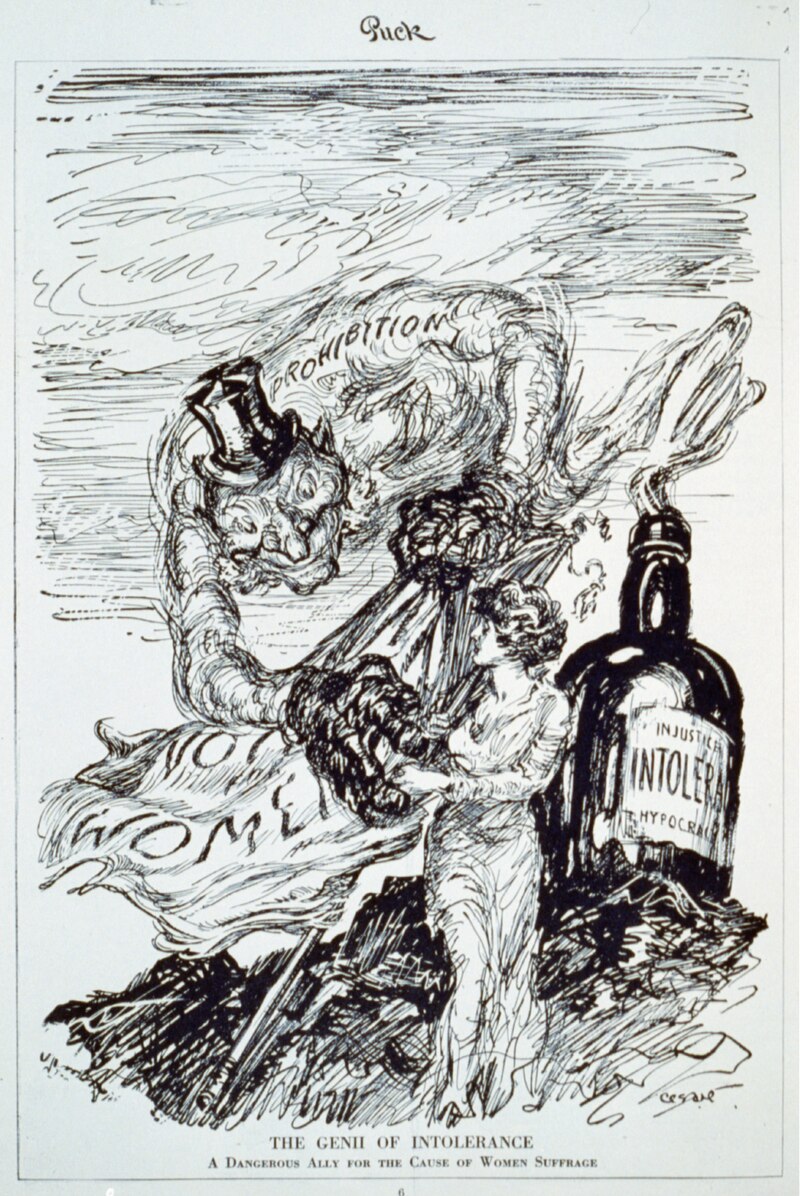By Jane Feehan
Greek mythology deemed Amphitrite a sea goddess and consort to Poseidon. In the 1930s, the former warship USS Amphitrite served as a floating hotel and restaurant in Fort Lauderdale.Decommissioned in 1919, the 262-foot-long Amphitrite was purchased by A.L.D. Buckstein who converted it into a hotel berthed at Beaufort, South Carolina. Ownership and location of the iron-hulled ship changed over two decades and included dockage and operations near Dunbar Road in Palm Beach (1927). Two years later, the Miami city council rejected a proposal to host the ship. Amphitrite found another home at Fort Lauderdale’s Port Everglades in January, 1931. The vessel was moved near the Casino - now near the location of the International Swimming Hall of Fame.
 |
| SS Amphitrite at Boston Navy Yard Creative Commons, Wikipedia |
The floating 75-room-hotel and two-floor restaurant drew local guests and tourists (and rumored gambling) until the Hurricane of 1935. The storm washed it across the waterway to the cove at Idlewyld off Las Olas Boulevard where it remained in legal limbo for several years. In July, 1942 the Amphitrite set sail north where it later served as home to workers on the Chesapeake Bay Bridge. The vessel was scrapped in 1952.
Copyright © 2020. All rights reserved. Jane Feehan
Moses, James. “The Amphitrite,” Broward Legacy, Vol. 1, October, 1976.
Palm Beach Daily News, Jan. 31, 1927
Miami News, Dec. 13, 1929
Photo at boatyard from wikipedia.org
Tags: Amphitrite, Florida history, Fort Lauderdale history, tourism history, Fort Lauderdale hotels, floating hotel, history of Fort Lauderdale











